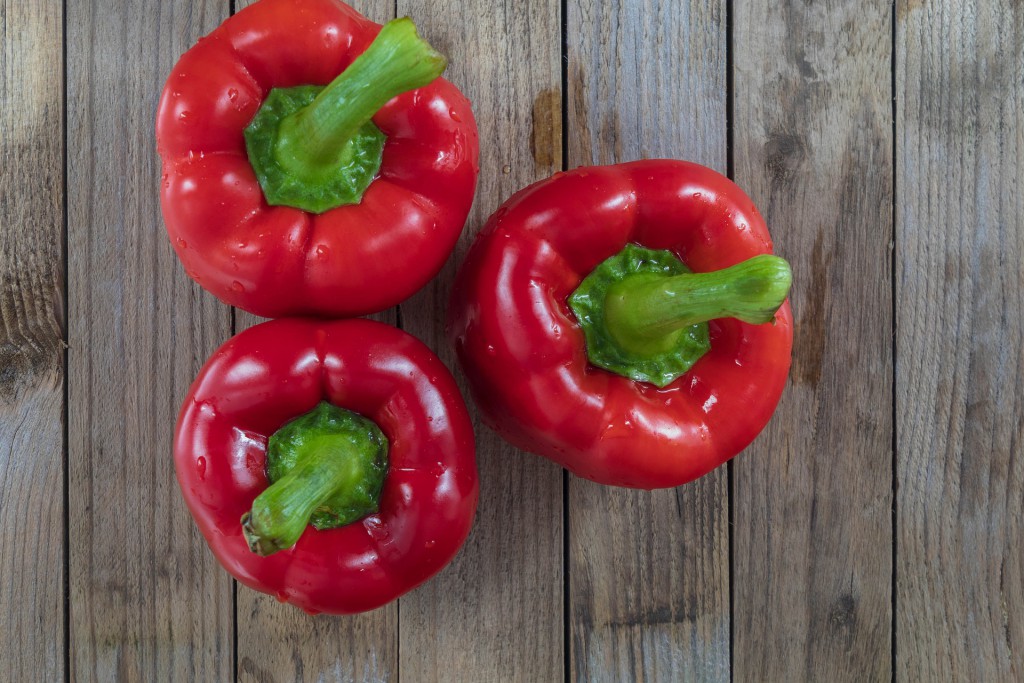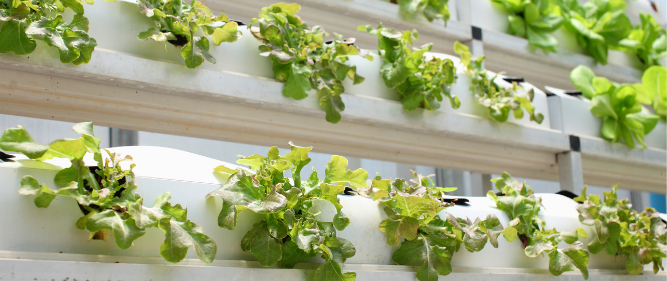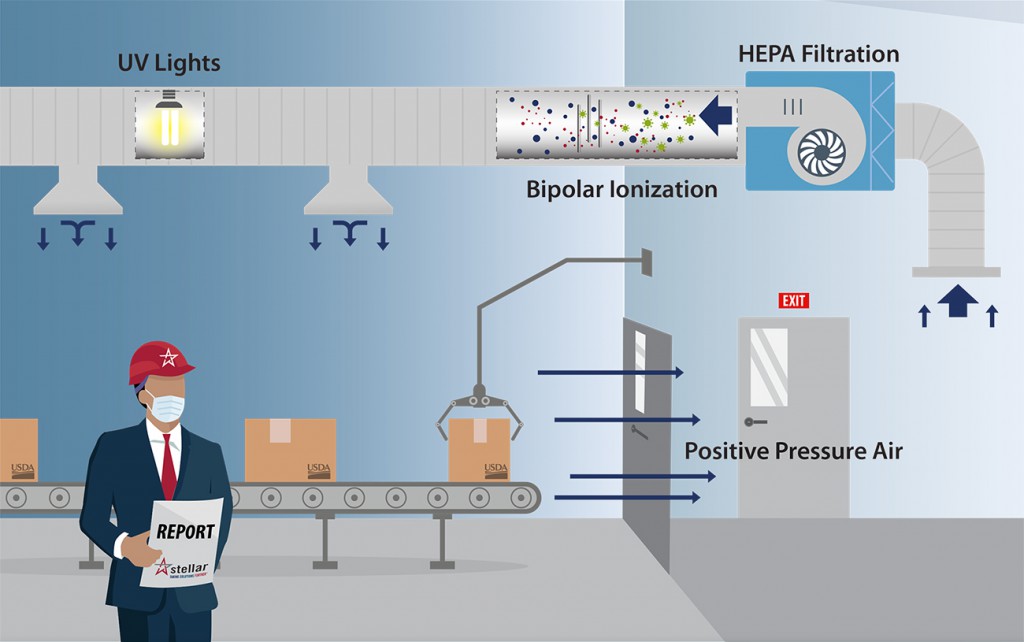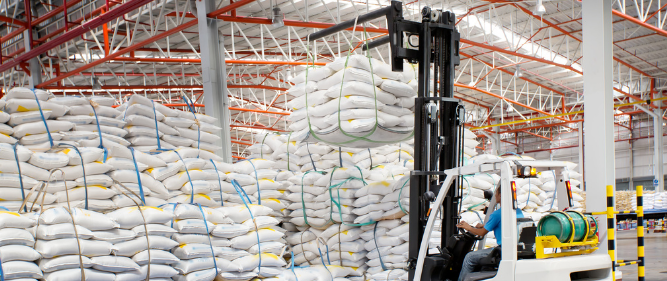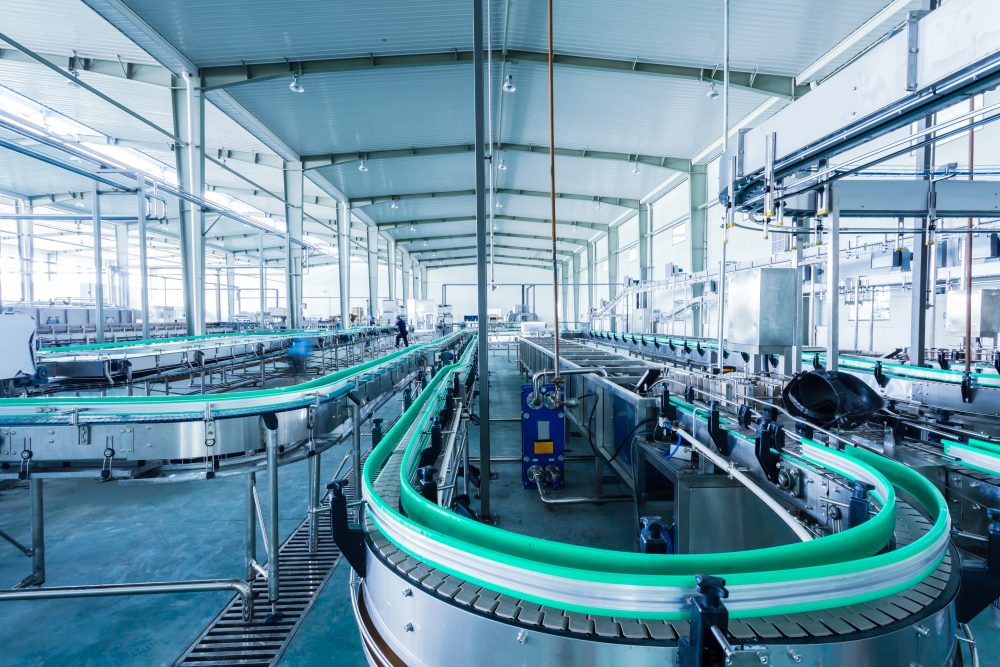An Inside Look at Sunsweet’s Prune Processing Facility in South America [PHOTOS]
Sunsweet, a grower-owned cooperative based in California, is the world’s largest and most famous brand of dried tree fruits. When the company decided to expand their prune processing facility in Chile, they partnered with Stellar to plan, design and navigate the international construction process.
Today, the processing facility is a full-fledged operation supporting Sunsweet’s ongoing growth. Given its complexity and the company’s investment in cutting-edge features, the plant also serves as a “learning lab” where Sunsweet can test ideas and experiment with different processing efficiencies that will be applied to its future facilities.
Continue Reading “An Inside Look at Sunsweet’s Prune Processing Facility in South America [PHOTOS]”


![An Inside Look at Sunsweet’s Prune Processing Facility in South America [PHOTOS]](https://stellarfoodforthought.net/wp-content/uploads/2021/01/IMG-3546.jpg)
